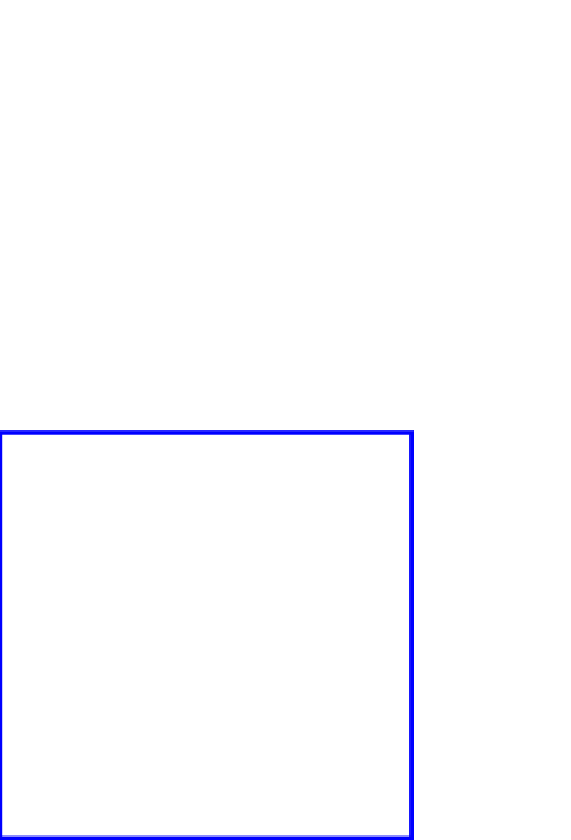Biology Reference
In-Depth Information
opposing bilayers in the presence of calcium.
18-27
Since ZGs dock and fuse at
the plasma membrane to release vesicular contents, it was hypothesized that
if porosomes are the secretory sites, then plasma membrane-associated t-
SNAREs should localize there. The t-SNARE protein SNAP-23 had previously
been reported in pancreatic acinar cells.
28
A polyclonal monospeciic
SNAP-23 antibody recognizing a single 23 kDa protein in immunoblots of
pancreatic plasma membrane fraction, when used in immuno-AFM studies,
demonstrated selective localization to the base of the cup-shaped structures.
These results demonstrate that the inverted cup-shaped structures in
inside-out isolated pancreatic plasma membrane preparations are indeed
porosomes, where secretory vesicles dock and fuse to release their contents
during cell secretion.
The size and shape of the immunoisolated porosome
complex have also been determined using both negative staining electron
10
9,11-13
(a)
(b)
(c)
(d)
Figure 5.4.
Nanoscale, three-dimensional contour map of protein assembly within
the neuronal porosome complex. (a) Atomic force micrograph of an immunoisolated
neuronal porosome, reconstituted in lipid membrane. Note the central plug of the
porosome complex and the presence of approximately eight globular units arranged
at the lip of the complex. (b) Negatively stained electron micrographs of isolated
neuronal porosome protein complexes. Note the 10-12 nm complexes exhibiting
a circular proile and having a central plug. Approximately 8-10 interconnected
protein densities are observed at the rim of the structure, which are connected to
a central element via spoke-like structures. (c) Electron density maps of negatively
stained electron micrographs of isolated neuronal porosome protein complexes. (d)
Three-dimensional topography of porosomes obtained from their corresponding
electron density maps. The colors from yellow through green to blue correspond to
the protein image density from lowest to the highest. The highest peak in each image
represents 27 Å.
13

















Search WWH ::

Custom Search